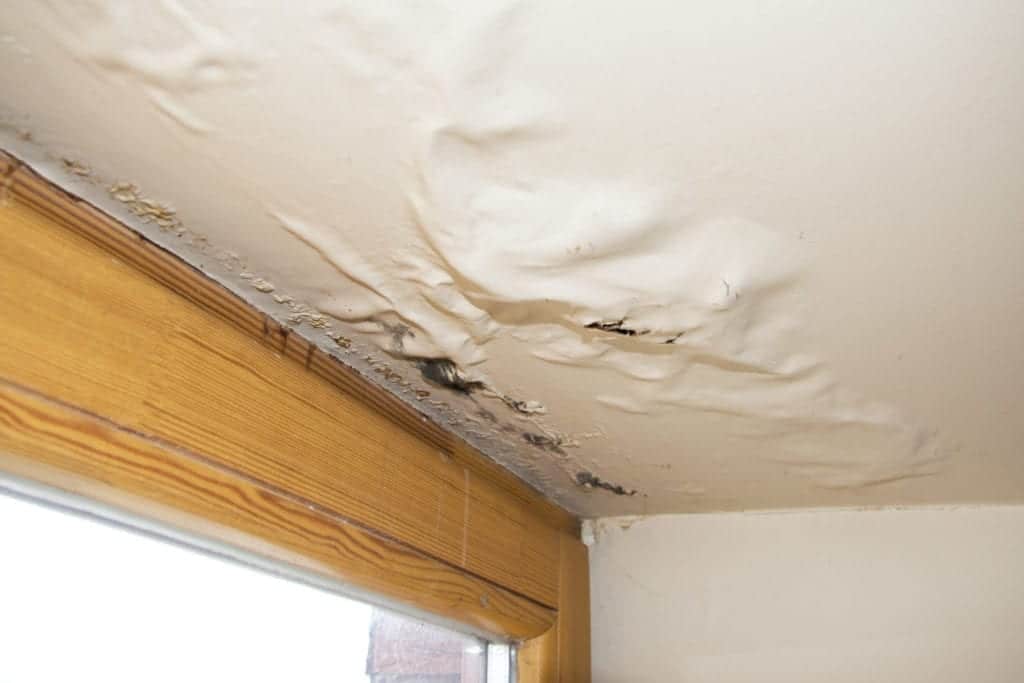Guide To Water Leak Detection In The House
Guide To Water Leak Detection In The House
Blog Article
The writer is making a few great pointers relating to Leaking water lines overall in this content below.

Early discovery of dripping water lines can minimize a possible catastrophe. Apart from conserving you cash, it will certainly minimize the stress and also irritation. The moment you discover a leak, calling your plumber for repair services is the best solution. However, some little water leakages might not show up. Here are some hacks that help if you can not detect it with your nude eyes.
1. Analyze the Water Meter
Examining it is a surefire way that aids you discover leakages. If it moves, that suggests a fast-moving leak. This implies you might have a slow-moving leak that might also be underground.
2. Inspect Water Consumption
Assess your water expenses and also track your water usage. As the one paying it, you should discover if there are any kind of disparities. If you detect sudden changes, in spite of your usage coinciding, it means that you have leaks in your plumbing system. Bear in mind, your water expense ought to drop under the very same range on a monthly basis. A sudden spike in your expense indicates a fast-moving leak.
A consistent boost every month, also with the exact same habits, shows you have a slow leakage that's additionally slowly escalating. Call a plumber to completely check your residential property, particularly if you really feel a cozy location on your floor with piping beneath.
3. Do a Food Coloring Test
30% comes from toilets when it comes to water usage. Test to see if they are running properly. Decline specks of food shade in the tank as well as wait 10 mins. There's a leakage between the tank and dish if the shade in some way infiltrates your bowl throughout that time without flushing.
4. Asses Outside Lines
Do not forget to inspect your outside water lines also. Should water seep out of the connection, you have a loose rubber gasket. One tiny leakage can waste lots of water as well as spike your water bill.
5. Check and Assess the Scenario
Property owners should make it a routine to inspect under the sink counters and also even inside closets for any type of bad odor or mold and mildew growth. These two red flags indicate a leakage so prompt attention is needed. Doing regular evaluations, even bi-annually, can save you from a major problem.
Inspect for discolorations and compromising as a lot of appliances and also pipes have a life expectations. If you suspect leaking water lines in your plumbing system, do not wait for it to intensify.
Early detection of dripping water lines can minimize a possible catastrophe. Some little water leaks may not be noticeable. Inspecting it is a guaranteed means that aids you find leakages. One little leakage can throw away bunches of water and spike your water bill.
If you suspect dripping water lines in your plumbing system, don't wait for it to escalate.
How to Know If Your Home Has a Hidden Leak
Water Meter Reveals Inexplicable Water Usage
If you’d like to test whether or not there’s a leak somewhere in your home, you can do this using your water meter. Here is how to conduct the test:
Don’t use any water in your home for at least 30 minutes; this also means not turning on faucets or water-using appliances.
Go outside, and check your water meter for activity.
If your water meter shows that there was activity, even though no one was using any water, this proves that there is a leak in your home.Visible Mold or Mildew Growth
Leaks behind walls create moist, dark environments that allow mold and mildew to grow and thrive. Eventually, you might see mold growth forming on the wall closest to a hidden leak.
If mold is growing in an area that receives a high amount of moisture, such as a bathroom, it may simply be an indication that better ventilation is needed. However, if you see mold growth on a wall or the ceiling in an area where you would not expect, you probably have a hidden leak.
Musty, Mildew Odor
Sometimes you might not be able to see the mold or mildew that is growing as a result of a leak. However, the smell can give the problem away just as easily. If you catch a whiff of something musty, there’s a good chance that old water is collecting somewhere in your home that you can’t see.
Stained/Warped Walls, Ceilings, or Floors
When your home soaks up water, a variety of red flags can become visible, including ceiling stains, bubbling drywall, warped walls, and sagging floors. While these issues can be caused by excess humidity, they can also be signs that a pipe or plumbing connection has started leaking behind your walls.
Inexplicably High Water Bill
After a while, you get a general sense for what your water bill should be. If you own a pool or sprinkler system, your bill will tend to be higher during summer. However, if you receive a water bill that seems especially high, and you can’t figure out what caused it, then you may have a hidden leak somewhere that’s increasing your bill.
https://www.plumbingjoint.com/blog/2019/july/how-to-know-if-your-home-has-a-hidden-leak/

Do you really like more info about Top leak detection hacks? Try leaving a short review down the page. We would be interested to see your feelings about this content. We hope that you come back again soon. Are you aware of someone else who is looking into Detecting hidden plumbing leaks? Please feel free to share it. Many thanks for taking the time to read it.
Report this page